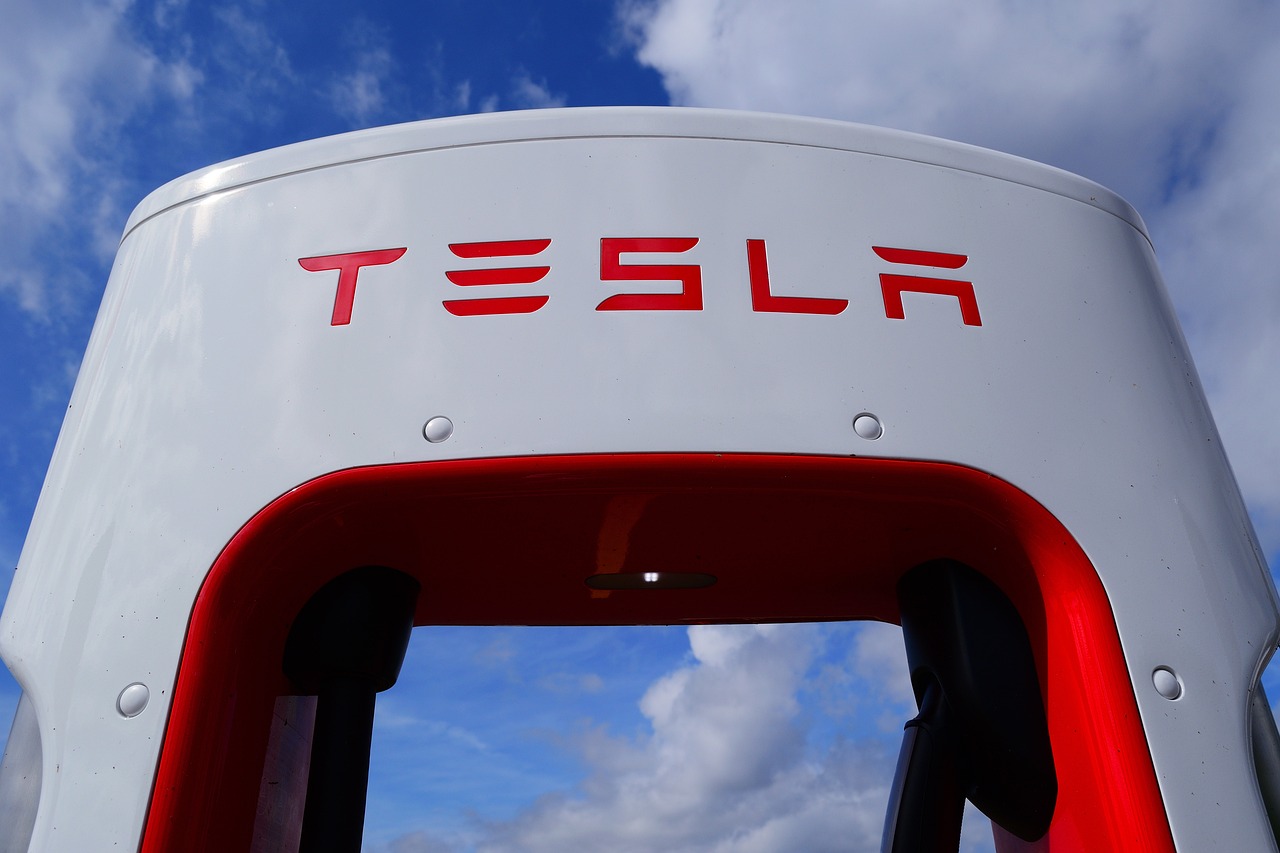After automobile blog Jalopnik circulated images of a Tesla car fire (Model S electric sedan) after an accident in Kent, 20 miles south of Seattle, Washington, Tesla Motors Co shares dropped 6.2%.
Tesla Motors makes electric cars. Many of Tesla’s advertisements say “…the safest car in America.”
The Tesla car fire pictures were authentic, the company confirmed. It explained that the car burst into flames after its driver went over a large metallic object which damaged the front of the vehicle.
The day after the Tesla car fire pictures went viral, the company suffered its biggest one day fall on the Nasdaq since July this year.
According to state troopers, the driver said his car struck metal debris. Tesla said the car’s alert system told him to pull over, which he did. He also got out of the car safely and easily on his own.
Elon Musk, CEO of Tesla Motors, said the fire in the Tesla Model S started off in the battery that was apparently impaled by a metal object – “a curved metal component” that probably fell off a semi-trailer. Because of its shape, the car received a powerful blow on its underside which punched a 3-inch hole through the armor plate that protects the undercarriage.

Musk pointed out that in conventional gas-powered vehicles fires are common.
Musk wrote in his blog “For consumers concerned about fire risk, there should be absolutely zero doubt that it is safer to power a car with a battery than a large tank of highly flammable liquid.”
Tesla Motors stressed that the fire was properly contained by the car “…vents built into the battery pack directed the flames down towards the road and away from the vehicle,” the driver exited the highway and left the vehicle safely.
On Friday, Tesla share prices recovered 4.4% to $180.98.
Firefighters found that as they put out the flames they kept reigniting. Water appeared to make the fire worse, so they switched to a dry chemical extinguisher.
The fire was eventually extinguished after they dismantled the front of the car and bore holes in the battery pack and applied extinguishing substances through the hole into the battery.
Must explained that while it was correct to apply water versus a dry chemical extinguisher to put out the fire, the firefighters should not have punctured the metal firewall. By doing so they created holes which then allowed the flames to vent upwards into the front trunk section of the vehicle.
